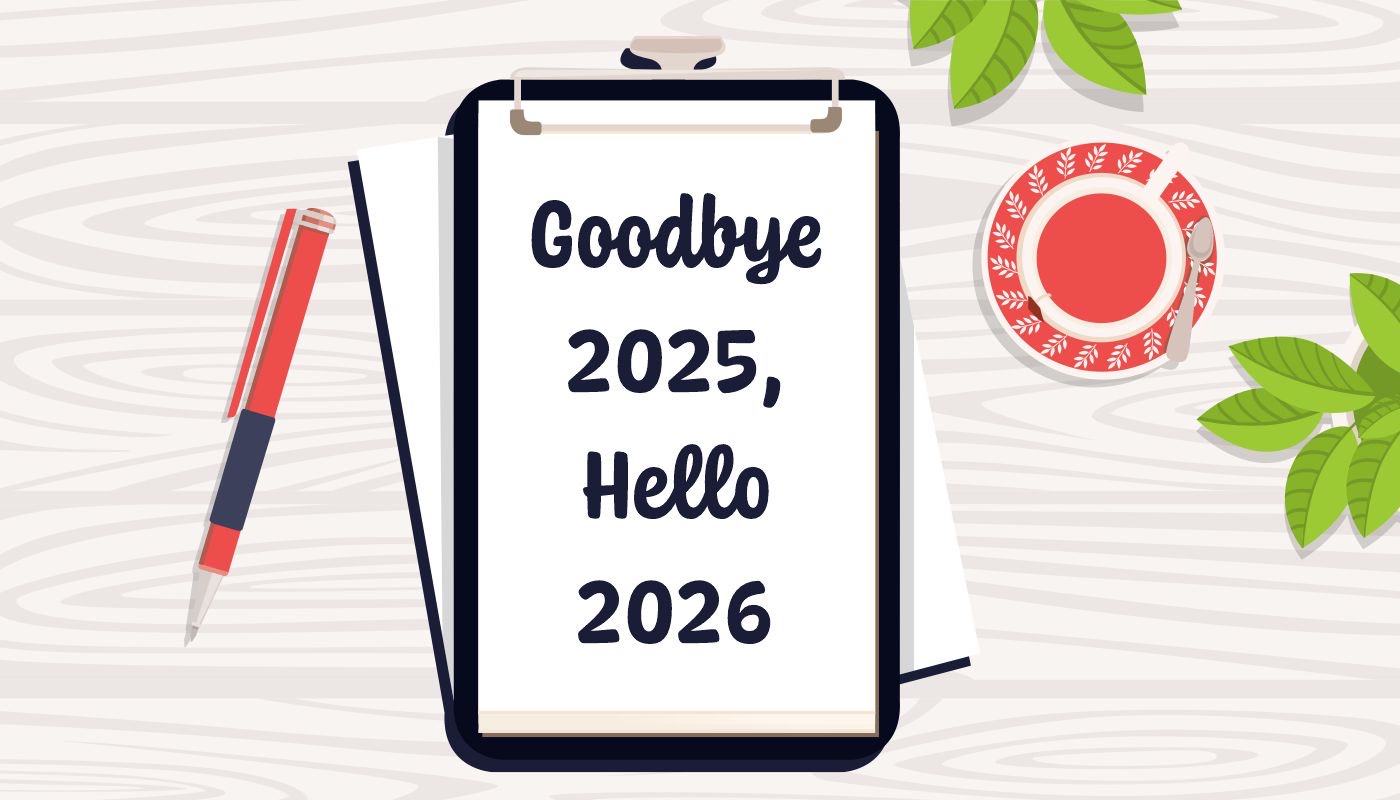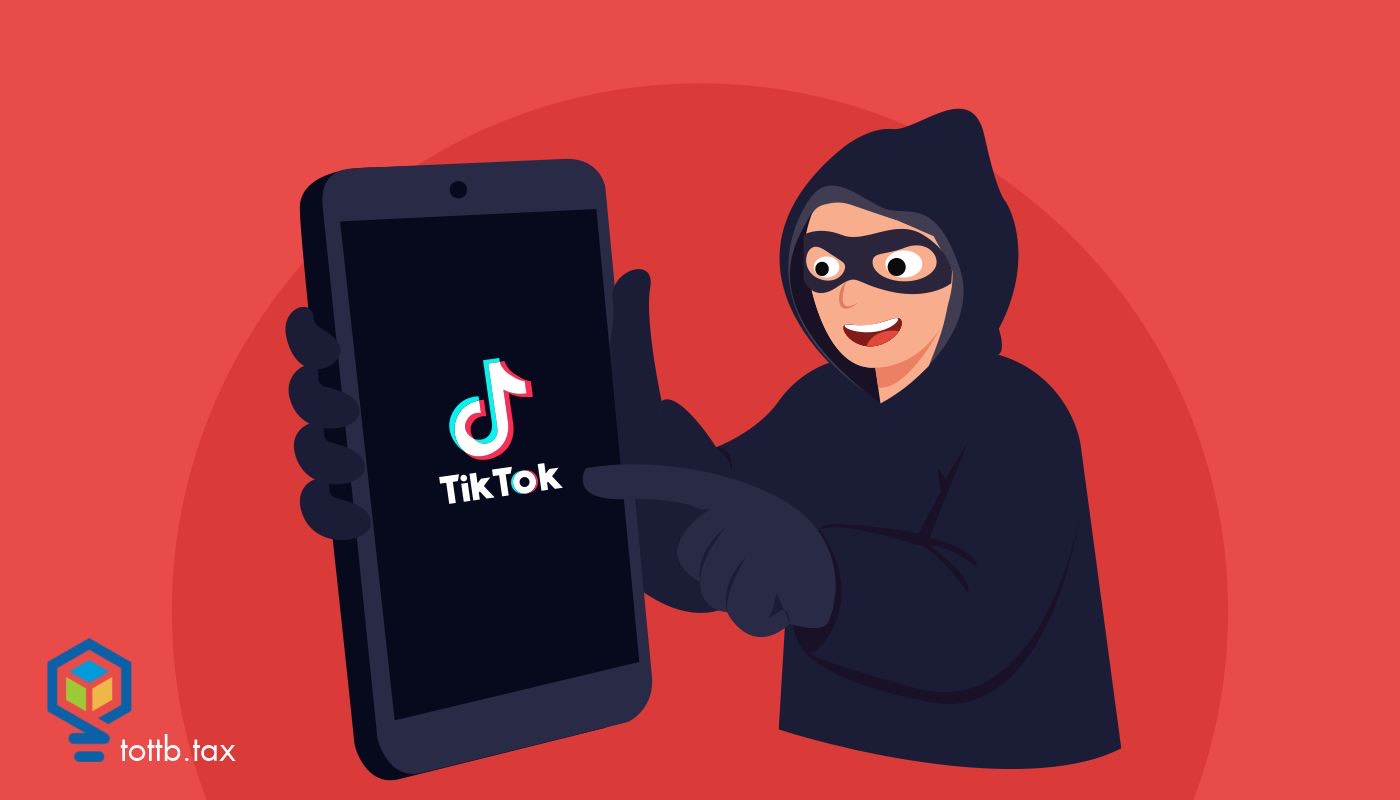After two years of “The Tax Season That Never Ends,” tax pros everywhere are looking for ways to leverage their services and improve profit margins in their firms. But many are missing out on their biggest opportunity to dramatically increase profits: selling tax planning to existing clients.
As technology has advanced and firms have adopted more automation, tax pros can do much more work in less time. This is a problem when you are in the business of selling billable hours.
Additionally, as the Tax Code has grown in complexity, we often find that taxpayers don’t fully understand the value of our expertise and knowledge – they simply see the same prepared form year after year. This makes it difficult to continue increasing prices beyond the market rate for tax prep.
As a result, many tax preparers have embraced value pricing for tax planning services. The market demand for strategic planning has increased and as small business owners embrace do-it-yourself accounting software, it is easy to offer this missing expert advice needed to assist the business owner in reducing tax expense. Accountants have found success in breaking through pricing barriers and reducing the risk of scope creep in their experiments with value pricing.
Yet most are fearful of bringing this offer to existing clients and start offering higher priced planning only to new customers. Many judge that existing clients will be upset the pros haven’t offered this work in the past, assuming taxpayers will be unhappy missing out on value they could have created long ago. Still others worry merely raising rates will mean losing customers.
Despite discovering that new customers really like price certainty and value the strategic work, tax pros are still reluctant to upsell existing relationships, thereby, offering different processes to lists of “new” and “old.” Yet considering it costs five times more to gain a new client than to approach an existing client, many accountants are leaving profits on the table.[1]
According to research by Bain and Company, increasing your client retention rate increases profits by 25 percent to 95 percent.[2] And statistics show that keeping and selling more services to a current client is less expensive compared to securing a new client. Still, fear blocks many from making this transition, creating more loyal, profitable, and happy clients.
Here are the four biggest mistakes I see tax professionals make by not offering advisory services to clients.
One – Believing more time equals more money.
In the hourly billing model, the most important ingredient is time volume. The more hours you can bill for, the more revenue you can expect.
Selling tax planning using value pricing requires a different focus. Instead of an input such as hours billed, the focus is on the result created for each client. In a sense, it may be necessary for a tax pro to “unlearn” bad habits of the past such as working as quickly as possible to keep prices low and complete high volumes of work.
The complexity or requirements to complete a goal in tax planning can be difficult to determine. It becomes important to spend more time with each advisory client, learning the ins and outs of the business and the goals and desires of the business owner to assist in solving them.
This can feel contrary to the legacy way of running a tax practice. For many of us, it has been ingrained in us the importance of billable hours, meeting deadlines, and sticking “within budgeted hours.” We often recognize a project’s completion when a form is final or a report written, or even budgeted project hours expire.
However, in strategic planning, the finish line is often determined by a developed and fully implemented plan, achievement of a particular goal, or open ongoing advice. This can feel uncomfortable when the amount of time is less than expected. Let’s say for example, work is not needed for several weeks or months on a project. You may feel you haven’t earned or deserved the income related to the project without matching billable hours. I’ve even heard from some tax pros value pricing for advisory services is unethical or dishonest.
To avoid this mistake, first focus on the goal. Again, in offering advisory services the goal can often be an outcome or result. When your attention drifts to the time you have (or have not) spent on this engagement, refocus on the desired goal.
I find it helpful to remind myself just how many different pricing methods are available in the work I’ve seen throughout my career. Some of my small businesses clients base their price on cost plus a markup, some base it on risk of liability, and others base it on desired profits. Take, for example, diamonds.
As an accountant, I find the art of a good deal baked into my DNA. I love searching for discounts and sales. I even do this with jewelry. If you haven’t yet explored the diamonds sold at your local Costco, you should! It is a great adventure leaving other customers wondering what treasure you might purchase, but also amazing the kind of discounts you can find.
Take, for example, a one carat diamond solitaire engagement ring that recently caught my eye. Diamonds are graded and certified using universal scoring. On one such occasion, I discovered a particular grade, size, and cut of diamond selling for just over $4,000 at Costco. You may be surprised to learn the identical ring – including size, gold weight, cut, and grade – sold for more than $24,000 at Tiffany’s less than a mile away. Same product. Much different prices. Is it unethical for either Tiffany’s or Costco to adopt their own ideal pricing model? Of course not.
Different clients have different perceptions of value. Your business success depends on your ability to offer something desired in the market at a price the customer values.
Two – Fearing the client will be upset by failure to offer these services in the past.
Tax pros often hold themselves to an impossible standard of getting it right 100 percent of the time. While this illusion is appealing, it is nothing if not unrealistic. Just because you may not have offered a service in the past does not mean customers will feel dissatisfied you are offering it now.
The idea that we must delight our clients all the time can cause some practitioners to avoid introducing a new service. They judge themselves as failures for not addressing all the client’s needs throughout their relationship.
The truth of the issue is that your clients are not loyal to you because they believe you exceed their expectations. In fact, according to AICPA surveys, the majority of taxpayers are dissatisfied with their current accountant. Yet, they fail to leave to work with a different professional. Failure to offer more services was not a reason appearing in the national surveys as a reason for dissatisfied clients.
You may focus on the fact that you are offering something new and feel overwhelmed with the change. After all, you are adapting to a new service, new pricing, and new work. However, your client is not overwhelmed when you offer a new benefit and value. In fact, most clients see this as a special offering exclusively for them. It makes them feel being a long-time client has its privileges. They feel cared for, valued, and well served.
To avoid this mistake, focus on making your offer feel special to your existing clients. Consider how you might position your request as a reward for their loyalty and business.
Three – Working reactively instead of proactively.
All too often as tax professionals, our work begins when a client makes a request. We may feel adequate at providing answers when someone asks. Yet, when it comes to planning work, most work in this arena begins even before a taxpayer asks for help.
People don’t know what they don’t know. As a result, they rely on advisors to inform them of needs and best practices for their businesses. This is problematic if the only time you review your client’s needs are when asked.
The opportunity to offer advisory services to existing clients is always present. In fact, you most likely have all the information you need to put together a proposal right now. And you have the added benefit that your client already knows, likes, and trusts you.
To take advantage of this goldmine, set aside time regularly to meet with your clients or review their files. Everyone appreciates when someone is thinking about them. Simply making a call or sending a message letting them know you want to catch up, hear about their business, or make recommendations will help turn those opportunities into paid advisory engagements but not if you wait around for it to come to you.
Four – Not using value pricing.
Raising prices is not easy to implement particularly if you are offering the same thing to the same people. While some understand inflation, most consumers are not happy to pay more.
Still, our costs continue to increase and while the product we offer may appear the same year after year, we know what is necessary behind the scenes has changed. With the inadequacies of the IRS causing more notices and processing errors, our costs grow each day.
When we price based on the time we spend on a project, we either assume the buyer will be satisfied with an increased price, or we’d better be prepared to discount our services when they refuse to pay for the work completed.
Pricing based on our input or costs creates questions and negotiations. Someone may ask, why did you need to research that, don’t you know the answer to that issue? They may wonder if you really spent the amount of time you claimed on their specific project or whether they are paying for bathroom breaks or time spent on hold with the IRS for a different client.
On the other hand, pricing based on value keeps the focus on the most important part of the engagement – the objective. It is the result we create that adds value. Most people have heard the story of the engineer and the broken machine. An engineer fixes an important piece of equipment with a quick whack of a sledgehammer. He promptly submits an itemized bill for the work, including $5 for the hammer and $4,995 for knowing where to hit the machine with the hammer. The time taken to hit the machine does not fix it. But the result of the working machine is what everyone is after.
Fixed fees when based on an estimate of costs for the work are not much better than hourly billing. While providing more certainty for the client, there is still a risk they are unhappy with the resulting work and losing our profit if the costs incurred to do the work exceed our price. It also places focus on an irrelevant part of the process.
As long as you remain focused on creating ultimate value for your client, and your client can clearly see that value – pricing based on that value allows you to make more money, emphasize the most important part of the engagement, and get paid what you’re worth.
[1] Gallo, Amy. Harvard Business Review, “The Value of Keeping the Right Customers,” October 29, 2014, https://hbr.org/2014/10/the-value-of-keeping-the-right-customers (accessed August 10, 2022).
[2] Reichheld, Fred, Bain and Company, “Prescription for Cutting Costs,” October 21, 2001, https://www.bain.com/insights/prescription-for-cutting-costs-bain-brief/ (accessed August 10, 2022).











